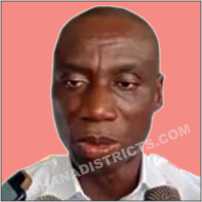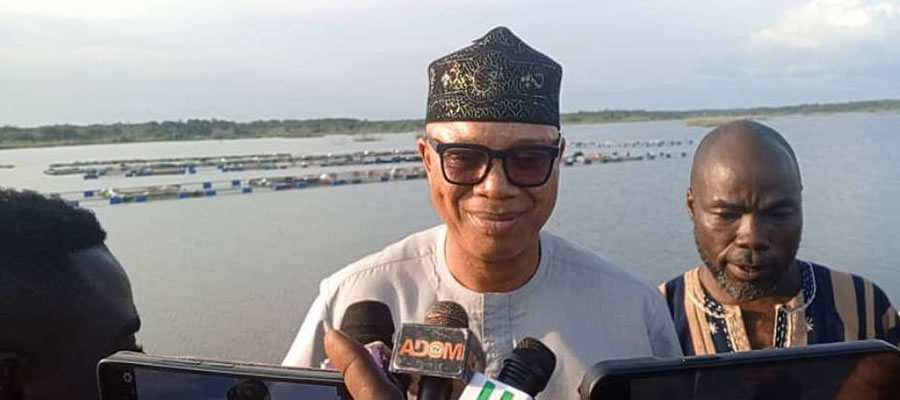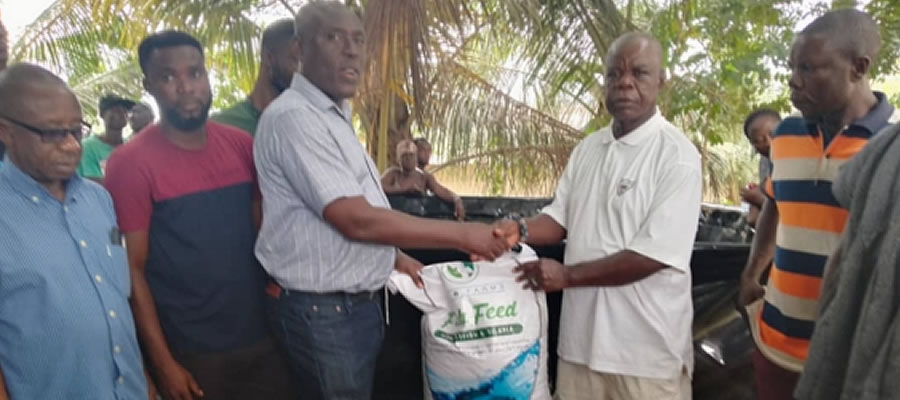

Culture
The culture of the people in the district is seen in their way of life that distinguishes them from other people who have settled in the district.This could be seen in terms of their dressing, languages spoken, festivals, art and craft, the food they eat, religious belief and occupation among others. The district is inhabited mainly by people of Gomoa origin who forms over 92% of the population with the remaining 8% being the minority tribes and includes people from the North, Volta regions and other Akan ethnic groups because of the fishing and cocoa farming activities in the area.
The communal spirit among the people is seen in the corporate as well as individual responsibilities of members in the communities. Members in a community attend and participate in ceremonies such as marriages, funerals and christening. Participants at these ceremonies make donations as their contribution to the host to settle expenses incurred. Occasionally, communal work is organised for clean ups as well as constructing community projects. Communities are well organised and the Asafo groups are noted for their mobilisation instincts.
The people of the district are noted for their principled outlook and are often described as litigious. Traditionally the district is made up of the Gomoa Ajumako and Akyempim Paramountcies each headed by an ‘Omanhen’ with traditional jurisdiction over the district. The Gomoa version of the Fanti language is the widely spoken language of the people with Twi, Ga and Hausa as the secondary languages.The people of the district are very religious. Christianity is the main religion of the people. Other religions practiced include Islam and Traditional worshipping. The people celebrate the Ahorba (Akwanbo) Festival.
It is celebrated twice in the year with the major one in the months of August and September which is celebrated with pomp whilst the minor one celebrated after Christmas usually in January and February is christened ‘Gomoa Two Weeks’ when the people celebrate the memory of the departed and also used as periods to settle disputes among community members and families as well as initiating development programmes and projects in the communities.However, the negative consequences of these celebrations especially, the Gomoa Two Weeks, when the youth engaged in unrestricted night activities are seriously eroding its development significance. The negatives notwithstanding the culture of the people constitute rich cultural heritages which can be utilised for development at the community and district levels.
Customs
The district is inhabited mainly by people of Gomoa origin who forms over 92% of the population with the remaining 8% being the minority tribes and includes people from the North, Volta regions and other Akan ethnic groups because of the fishing and cocoa farming activities in the area. The communal spirit among the people is seen in the corporate as well as individual responsibilities of members in the communities.
Members in a community attend and participate in ceremonies such as marriages, funerals and christening. Participants at these ceremonies make donations as their contribution to the host to settle expenses incurred. Occasionally, communal work is organised for clean ups as well as constructing community projects. Communities are well organised and the Asafo groups are noted for their mobilisation instincts. The people of the district are noted for their principled outlook and are often described as litigious.
Traditionally the district is made up of the Gomoa Ajumako and Akyempim Paramountcies each headed by an ‘Omanhen’ with traditional jurisdiction over the district. The Gomoa version of the Fanti language is the widely spoken language of the people with Twi, Ga and Hausa as the secondary languages. The people of the district are very religious. Christianity is the main religion of the people. Other religions practiced include Islam and Traditional worshipping.
The people celebrate the Ahorba (Akwanbo) Festival. It is celebrated twice in the year with the major one in the months of August and September which is celebrated with pomp whilst the minor one celebrated after Christmas usually in January and February is christened ‘Gomoa Two Weeks’ when the people celebrate the memory of the departed and also used as periods to settle disputes among community members and families as well as initiating development programmes and projects in the communities.
Tourism
The tourism industry has been an industry in Ghana and the Central and currently rates as the third foreign exchange earner for the country. Available statistics indicate that tourism offered over US$650 million in 2008 in receipts. Despite its huge potential in the district, it remains underdeveloped. Ironically, the Gomoa East district abounds in very attractive sites especially the neat and beautiful beaches at Dampase and Fetteh. Gomoa Fetteh can best be described as a tourism community although it has an active fishing industry, since it attracts international and local tourists into the area mainly because of its exquisite sand beaches and landscape.
It also serves as a holiday centre of the working class. Hospitality areas include the Tills Hotel, White Sand Beach Hotel, A and B among others located in the district. Again, it is interesting to note that the mixture of the traditional life and the tourism nature gives it a unique atmosphere equivalent to that of the country side settlement peculiar to the developed countries. With the threat of population invasion on this exquisite environment the District Assembly is in the process of completing the community scheme to regulate and monitor its development. Maintaining the atmosphere and protecting it from undue urbanization pressures would create an employment opportunity for the indigenes and increase their standard of living.
The Feyernoord Football Academy also presents a unique environment for youth development. With its state of the art facilities such as a synthetic football pitch, the academy continues to host both local and national teams and sometimes international clubs. The Budumburam city which is popularly referred to as Liberia in Ghana is located in the District. This community has an uncommon blend of Liberia and Ghana traditions resulting in enabling environment that can engender development.
Date Created : 11/17/2017 4:33:58 AM









 facebook
facebook
 twitter
twitter
 Youtube
Youtube
 +233 593 831 280
+233 593 831 280 0800 430 430
0800 430 430 GPS: GE-231-4383
GPS: GE-231-4383 info@ghanadistricts.com
info@ghanadistricts.com Box GP1044, Accra, Ghana
Box GP1044, Accra, Ghana